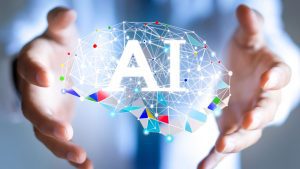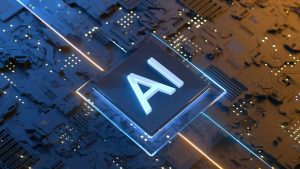Computer Vision is a subset of artificial intelligence (AI) that equips computers with the capability to see, understand, and interpret the visual world. Utilizing digital images from cameras and videos along with deep learning models, machines can accurately identify and classify objects, responding based on their "perception" of visual inputs.
From Early Experiments to Modern Mastery
The Origins and Early Days
The journey of computer vision began in the 1950s with basic efforts aimed at interpreting shapesmail and figures. One of the pioneers, Frank Rosenblatt, invented the perceptron—an early form of neural network designed for pattern recognition. Although primitive by today's standards, this development laid the foundational stone for extensive research in the field.
The 1960s and 1970s: Enhancing Texture, Color, and Depth
During these decades, significant advancements were made in the realm of texture, color, and depth perception in computer vision. Improved algorithms enhanced the capability of computers to process and interpret different textures and colors within images. The 1980s saw the introduction of stereo vision techniques, a pivotal enhancement that allowed computers to perceive depth, critical for understanding three-dimensional spaces.
The 1990s to 2000s: Face Recognition and Real-Time Processing
This period marked notable advancements in algorithms that led to the development of face recognition technology. Furthermore, there was a substantial increase in the speed at which images could be processed, facilitating real-time video analysis. These capabilities extended the application of computer vision to areas such as surveillance and interactive video gaming.
Breakthroughs with Machine Learning
Deep Learning Revolutionizes Perception
The 2010s were transformative, with the advent of deep learning markedly enhancing machine perception. Convolutional Neural Networks (CNNs), a type of deep neural network, are particularly adept at processing visual imagery. The AlexNet, developed in 2012, significantly outperformed previous methods in image classification tasks, setting a new benchmark in the field.
Today's Applications: From Autonomous Vehicles to Medical Diagnosis
Today, computer vision is integral to numerous innovative applications. The evolution of advanced deep neural network (DNN) models has significantly improved the accuracy and reliability of computer vision systems. Autonomous vehicles rely on computer vision for navigation, while in the healthcare sector, it aids in the diagnosis of diseases through medical imaging, often surpassing human accuracy. In the retail industry, computer vision algorithms optimize inventory management and enhance customer experience through personalized shopping solutions.
In summary, the field of computer vision has come a long way from its initial experiments with simple shapes and figures to its current ability to interpret complex visual inputs with remarkable accuracy. As this technology continues to evolve, it holds the potential to revolutionize numerous aspects of everyday life, making interactions with machines more intuitive and natural.
Kotwel is a reliable data service provider, offering custom AI solutions and high-quality AI training data for companies worldwide. Data services at Kotwel include data collection, data labeling (data annotation) and data validation that help get more out of your algorithms by generating, labeling and validating unique and high-quality training data, specifically tailored to your needs.
Frequently Asked Questions
You might be interested in:
Data labeling plays a crucial role in enhancing the accuracy and performance of machine learning models by providing annotated training data. In this article, we delve into the powerful world of data labeling and its significance in improving these models. What is Data Labeling? […]
Read MoreEvery business faces its unique set of challenges, ranging from increasing operational efficiency to enhancing customer experiences and making data-driven decisions. Fortunately, emerging technologies such as Artificial Intelligence (AI) and Machine Learning (ML) are revolutionizing the way businesses tackle these challenges. They have become […]
Read MoreData, they say, is the new oil of the digital age. It powers innovation, drives decision-making, and fuels the growth of industries worldwide. However, raw data is like a jigsaw puzzle with missing pieces – it holds tremendous potential, but without proper organization and […]
Read More





